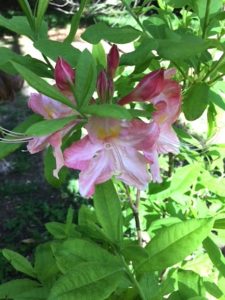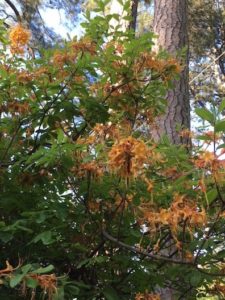 Like many 8 year old girls today, my granddaughter, Ellie, has a passion for unicorns. So, when her birthday rolled around, I thought that she might like a unicorn castle – a doll-house sized structure where her unicorns could eat and sleep and – well, do whatever it is that her unicorns do.
Like many 8 year old girls today, my granddaughter, Ellie, has a passion for unicorns. So, when her birthday rolled around, I thought that she might like a unicorn castle – a doll-house sized structure where her unicorns could eat and sleep and – well, do whatever it is that her unicorns do.
 I was extremely lucky to find a wooden castle at Michael’s, complete with a front door that dropped down like a ramp (perfect for unicorns to trot up.) . I then covered the entire outside with bark and moss, using hot glue and a lot of patience. The idea is that from the outside, this will look like every other castle in the woods but when you open it up – Bling.!! Super Bling
I was extremely lucky to find a wooden castle at Michael’s, complete with a front door that dropped down like a ramp (perfect for unicorns to trot up.) . I then covered the entire outside with bark and moss, using hot glue and a lot of patience. The idea is that from the outside, this will look like every other castle in the woods but when you open it up – Bling.!! Super Bling
I painted the inside different shades of purple and blue, glued on hearts and stars, found a rainbow (actually sidewalk chalk shaped like a rainbow) to put over one of the turrets. Then I raided my costume jewelry box and finally found a use for a single earring and various and sundry other “jewels.” I went back to Michael’s to get strings of glass beads and other sparkles, some fake fur for beds, and then found a couple of unicorns and a fairy.

Ellie seems to love it, but being Ellie, she didn’t want to just “play house (or castle!)”, she wanted to do something. Plastic clay (like Sculpey) provided hours of fun as she and her friends made bowls and tables and trinkets for their unicorns.
This week, Ellie decided her unicorns needed an art studio, so I got a large wooden birdhouse with doors that open and let her loose with a pile of sparkly fabric and paint. The results were stunning and she loved doing it.

If you want to make a unicorn house for or with someone, I strongly suggest starting with some kind of wooden or cardboard structure, which you can cover and decorate. You can cover it with anything – bark, dried flowers, fabric, paint……whatever strikes your fancy. But if you can open up your unicorn house (or castle) and decorate the inside, that’s where the real fun lies. Sequins! Sparkles! Glitter! It’s glorious to play like an eight year old again. Just do it. Just believe.

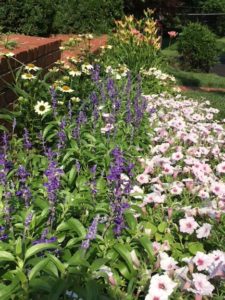 At my childhood home in Sandy Springs, Georgia, we were surrounded by six acres of woods. The “street” (actually just a seldom traveled road) was far from the house. So, it came as a bit of a novel idea to plant a garden on public display right on the street in front of our home.
At my childhood home in Sandy Springs, Georgia, we were surrounded by six acres of woods. The “street” (actually just a seldom traveled road) was far from the house. So, it came as a bit of a novel idea to plant a garden on public display right on the street in front of our home.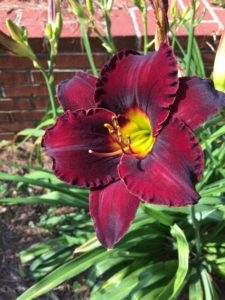
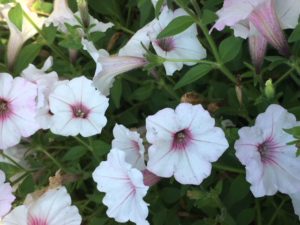
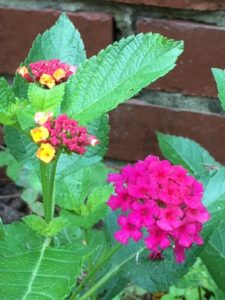
 Whenever I mention mimosas to my (grown) children, they immediately think of the delicious breakfast drink with orange juice and champagne. I like mimosas as much as they do, but usually when I talk about mimosas, I’m talking about the trees. Mimosas are in their full frilly pink glory right now. I hope that little girls everywhere are picking the blossoms and using them as powder puffs as I did as a child.
Whenever I mention mimosas to my (grown) children, they immediately think of the delicious breakfast drink with orange juice and champagne. I like mimosas as much as they do, but usually when I talk about mimosas, I’m talking about the trees. Mimosas are in their full frilly pink glory right now. I hope that little girls everywhere are picking the blossoms and using them as powder puffs as I did as a child.



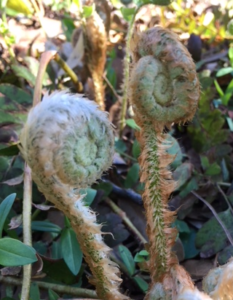


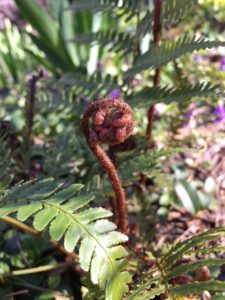
 Years and years ago, when I was a naturalist at Callaway Gardens, I learned to capture spider webs on a piece of paper and I’ve been wanting to try it again ever since. This past weekend, at the lake with family, I had the perfect opportunity.
Years and years ago, when I was a naturalist at Callaway Gardens, I learned to capture spider webs on a piece of paper and I’ve been wanting to try it again ever since. This past weekend, at the lake with family, I had the perfect opportunity.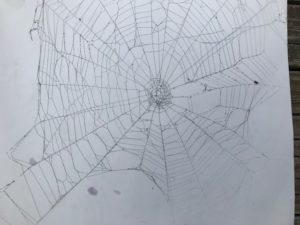
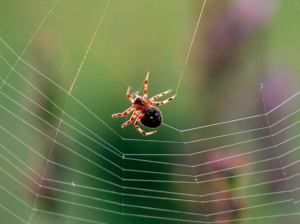 Our web was probably made by an orange garden spider, or a banded or weaving spider. With 30,000 types of spiders in the world, it’s difficult to identify the web maker unless you actually see it. It was fine with Ellie that we did not “actually see it,” though these spiders are considered pretty small and harmless.
Our web was probably made by an orange garden spider, or a banded or weaving spider. With 30,000 types of spiders in the world, it’s difficult to identify the web maker unless you actually see it. It was fine with Ellie that we did not “actually see it,” though these spiders are considered pretty small and harmless.
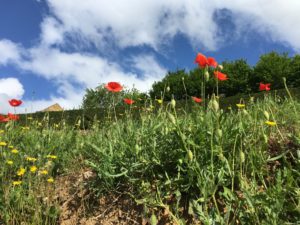 We left the village, biking on the path that led into the French countryside. Speaking only a little of the language, we were unsure what we were going to see on this afternoon adventure. We bumped along the cobblestones through another quaint and ancient village and drifted along beside a bubbling, clear stream and passed by acres of walnut orchards but it wasn’t until we came to the open fields beyond that the most spectacular scenery of the ride came into view. There, we saw field after field of blood red poppies, so startlingly beautiful that we had to stop and take it in.
We left the village, biking on the path that led into the French countryside. Speaking only a little of the language, we were unsure what we were going to see on this afternoon adventure. We bumped along the cobblestones through another quaint and ancient village and drifted along beside a bubbling, clear stream and passed by acres of walnut orchards but it wasn’t until we came to the open fields beyond that the most spectacular scenery of the ride came into view. There, we saw field after field of blood red poppies, so startlingly beautiful that we had to stop and take it in.

 Jack and I just got back from spending two glorious weeks in France where I finally realized what my garden needs. A crew!!!! The gardens we saw were spectacular. We were on the early side for roses (though we saw some amazingly beautiful ones) but saw an abundance of irises, poppies, salvia, pink oxalis and on and on.
Jack and I just got back from spending two glorious weeks in France where I finally realized what my garden needs. A crew!!!! The gardens we saw were spectacular. We were on the early side for roses (though we saw some amazingly beautiful ones) but saw an abundance of irises, poppies, salvia, pink oxalis and on and on.
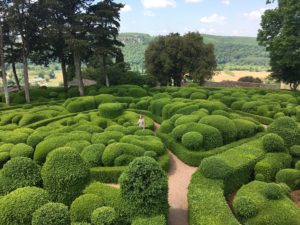
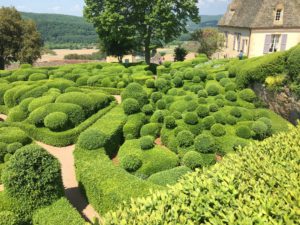
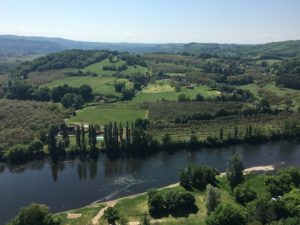
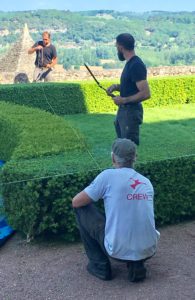
 Actually irises are both goddesses AND bearded ladies. This beautiful flower was named for Iris, Goddess of the Rainbow, whose took messages of love from heaven down to earth, using the rainbow as a bridge. The word “iris” actually means “eye of heaven” and is the name given to the goddess, this flower and the center of your own eye, meaning each of us carries a bit of heaven within us.
Actually irises are both goddesses AND bearded ladies. This beautiful flower was named for Iris, Goddess of the Rainbow, whose took messages of love from heaven down to earth, using the rainbow as a bridge. The word “iris” actually means “eye of heaven” and is the name given to the goddess, this flower and the center of your own eye, meaning each of us carries a bit of heaven within us.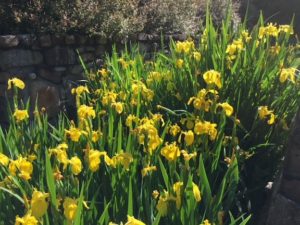
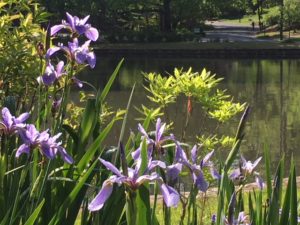
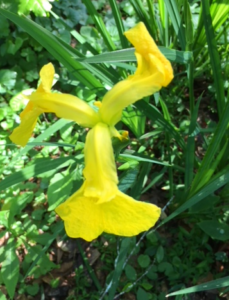
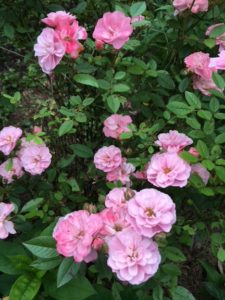 On Saturday, May 5, twenty horses at Churchill Downs will “run for the roses.” Both my parents were from Louisville, Kentucky and Derby Day was a big deal at my childhood home, complete with mint juleps, enthusiastic friends and a lot of noise during the “most exciting two minutes of sport,” as the Derby has been dubbed. Although this is the 144th running of the Kentucky Derby, the horses have only technically been “running for the roses” since 1896 when the winner, Ben Brush, was presented with pink and white roses, along with the Derby trophy.
On Saturday, May 5, twenty horses at Churchill Downs will “run for the roses.” Both my parents were from Louisville, Kentucky and Derby Day was a big deal at my childhood home, complete with mint juleps, enthusiastic friends and a lot of noise during the “most exciting two minutes of sport,” as the Derby has been dubbed. Although this is the 144th running of the Kentucky Derby, the horses have only technically been “running for the roses” since 1896 when the winner, Ben Brush, was presented with pink and white roses, along with the Derby trophy.
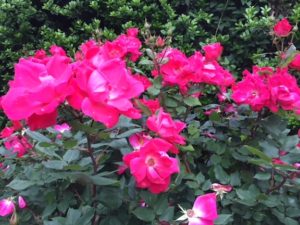
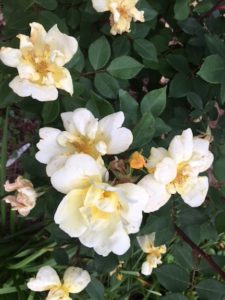
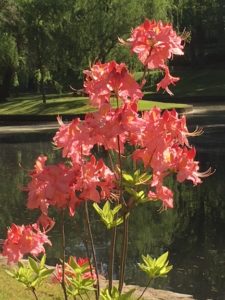 I love and appreciate the stunning beauty of the evergreen azaleas as they transform our southern spring from bare branches to fairyland. But I have to admit that I love our more subtle and graceful native azaleas even more. They don’t provide the dark evergreen background of leaves that the Asian cultivars do, nor do they offer the same mass of blooms but there is something completely charming about the natives that make them welcome in many southern gardens.
I love and appreciate the stunning beauty of the evergreen azaleas as they transform our southern spring from bare branches to fairyland. But I have to admit that I love our more subtle and graceful native azaleas even more. They don’t provide the dark evergreen background of leaves that the Asian cultivars do, nor do they offer the same mass of blooms but there is something completely charming about the natives that make them welcome in many southern gardens.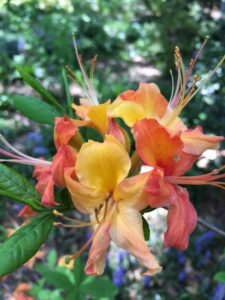 All of our native azaleas are deciduous and many offer brilliant fall foliage in addition to beautiful blooms. One of the best things about growing these natives is that they offer a broad range of blooming times, from the Pinxter Azalea in March to the Plumleaf in late August and September.
All of our native azaleas are deciduous and many offer brilliant fall foliage in addition to beautiful blooms. One of the best things about growing these natives is that they offer a broad range of blooming times, from the Pinxter Azalea in March to the Plumleaf in late August and September.